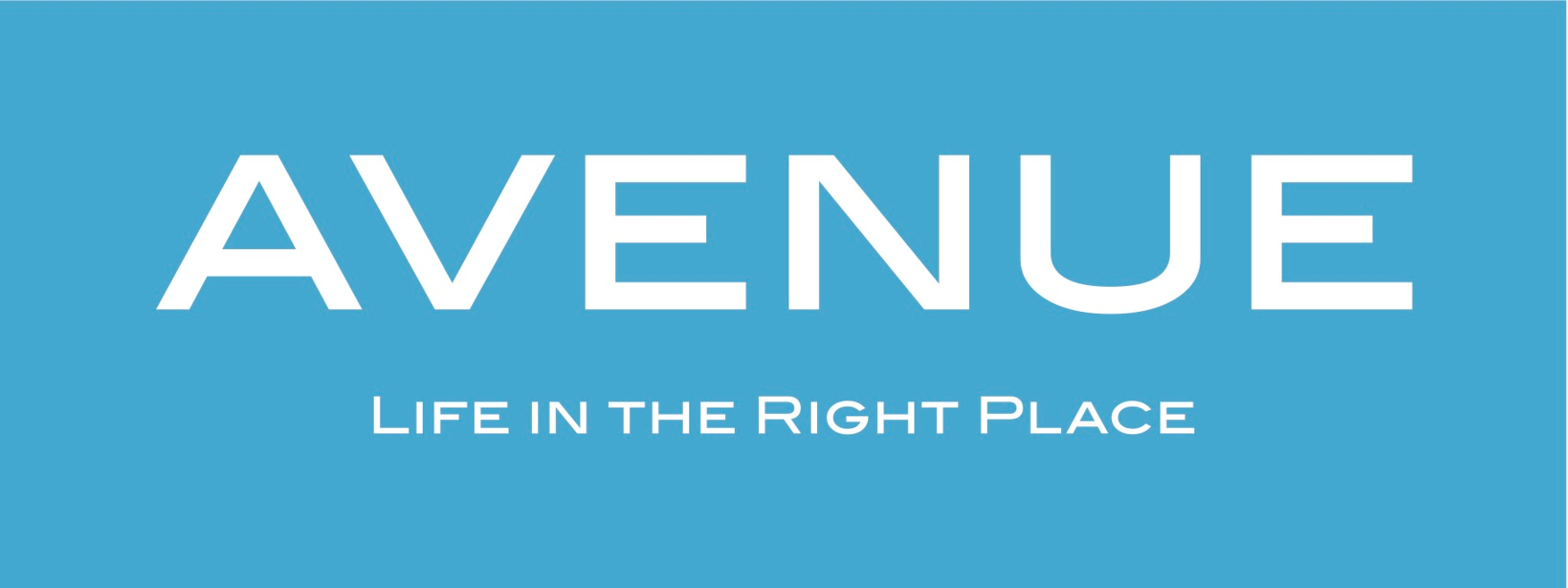5º Porto
Avenue enters with confidence in 2021, and is preparing for a new phase of investment, which should be around more than 300 million euros.
Without specifying specific investment amounts for 2021, in an interview with Vida Imobiliária, Aniceto Viegas, Managing Director of Avenue, advances an «additional investment of 150 million euros of equity for the 2021-2023 triennium, to which we must add the financing component bank that will be contracted and that will be, at least, equivalent to equity».
Avenue's strategy continues to involve promoting the medium-high residential segment. At the moment, the promoter is working on two new projects in Lisbon, each with investments in the order of 50 million euros, and admits «studying possibilities in Porto».
Soon, still in the first half of this year, Avenue is preparing to commercially launch the Vila Infante, in Lisbon, and Bonjardim, in Porto, as well as the 5th Porto projects in April. Altogether, they represent 280 new apartments. And Aniceto Viegas promises more news until the end of the year.
Since its debut in Portugal, Avenue has added 11 projects in its portfolio (including the Exeo office project, which consists of 3 buildings), in a total investment of more than 600 million euros. All are located in Lisbon and Porto, 70% of which refer to housing (with retail on the ground floors), and 30% to offices.
Medium segment remains a challenge
Aniceto Viegas does not hide that the medium segment continues to have difficult equations for property developers, and divides this market into medium and medium-high segment: «both are very challenging, for several reasons: the price of land; licensing costs (the amount of compensation or licensing fees may amount to 150 euros per square meter of gross construction area above ground); construction costs and the tax burden - IMT and VAT ».
The official believes that «with these conditions, it is possible to have housing for the medium-high segment in the cities of Lisbon and Porto». However, «for the middle segment, the equation is very difficult and, for the time being, it is only feasible in the vicinity of urban centers».
He is convinced that «in order for there to be a relevant supply for the middle class in urban centers, the prices of some land must be adjusted and the burden of administrative and tax rates must also be reduced further».
“Built to rent” is attractive, “without a doubt”
The “built to rent” market segment, or construction for lease, has been identified as one of the main potential winners of real estate in a time of pandemic and in the coming years.
Aniceto Viegas believes that this «is undoubtedly an appealing market and that it is expected to grow in the coming years in Portugal. It already has a significant weight in several European countries and has been one of the most sought-after asset classes by medium and long term investors ». He distinguishes that «the approach in the design of the product, is different from the product for sale, essentially in terms of areas and finishes, to offer a reasonable income».
And he points out that «there are some interesting incentives in terms of IMI and IRC, but only for projects that are part of the Accessible Leasing Program. 23% non-deductible VAT is a negative point », he stresses.
Real estate values are expected to stabilize
Aniceto Viegas believes that the pandemic will not have an impact on the value of new housing, but there will be registered «a trend of stabilization, without the growth that we have registered in recent years". Decision-making processes are slower today, but prices have not yet been affected, and demand continues to register “a good performance”.
He identifies that «the market continues with a shortage of new dwellings of around 15,000 to 20,000 units per year in Portugal, that is, we continue to have a reduced supply. The most affected prices are likely to be for used fires, which, given the lack of new fires, have experienced significant growth in recent years and are expected to undergo a correction in the coming months». And he recalls that «this crisis also reinforced the importance of the home, both from a personal point of view and from the perspective of a refuge for savings».
Regarding the recovery of the economy, he considers that this «is associated with the control of the pandemic and the immunization of a group of populations, which is expected to be reached as of the second half of this year. It is unanimous that the recovery will also be expressive and the stimulus to the economy will be strong. In this sense, we also believe in an economic recovery in the second half of this year and, considering that our activity is medium term, it will not be much affected, and may even be one of the engines of the economic recovery ».





